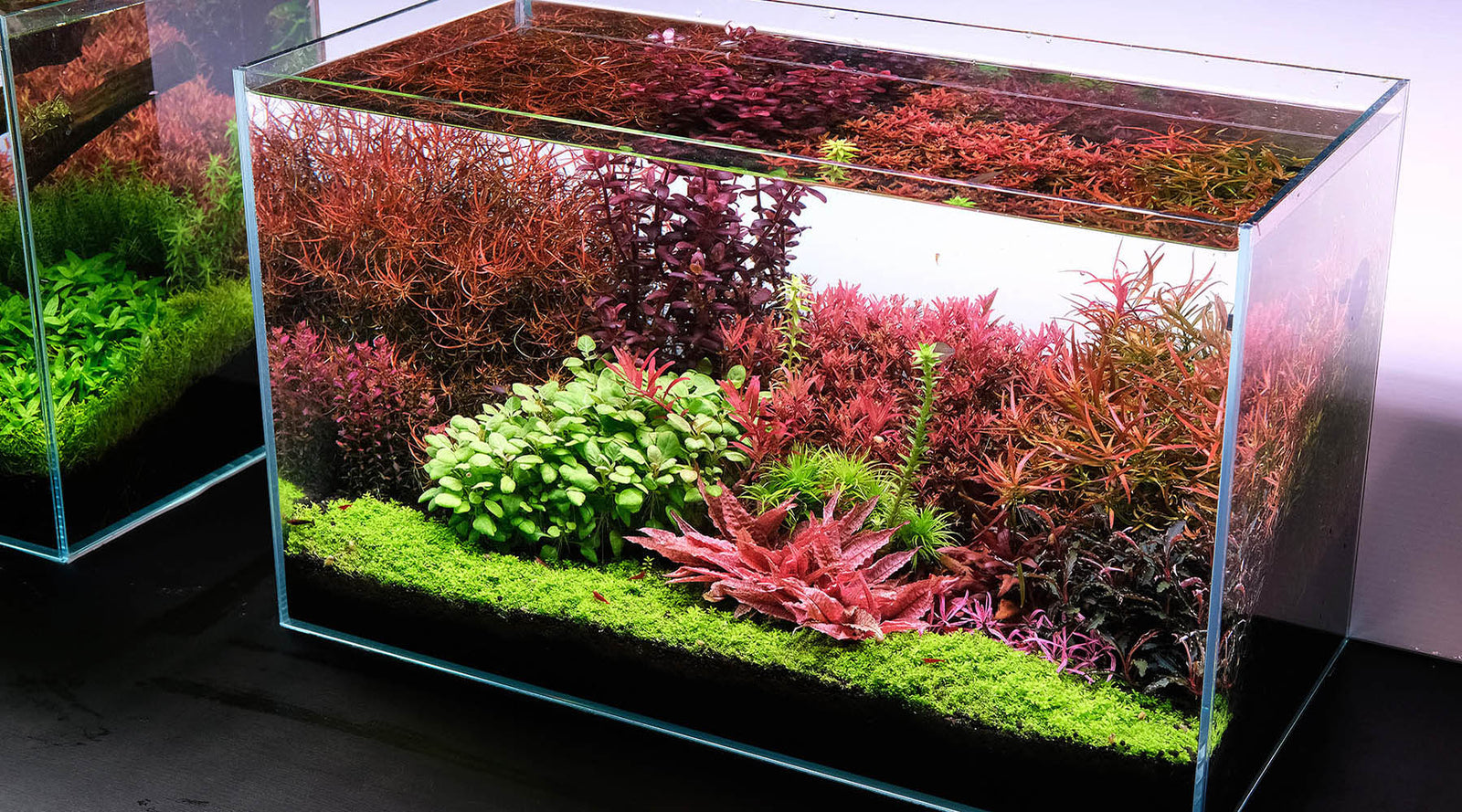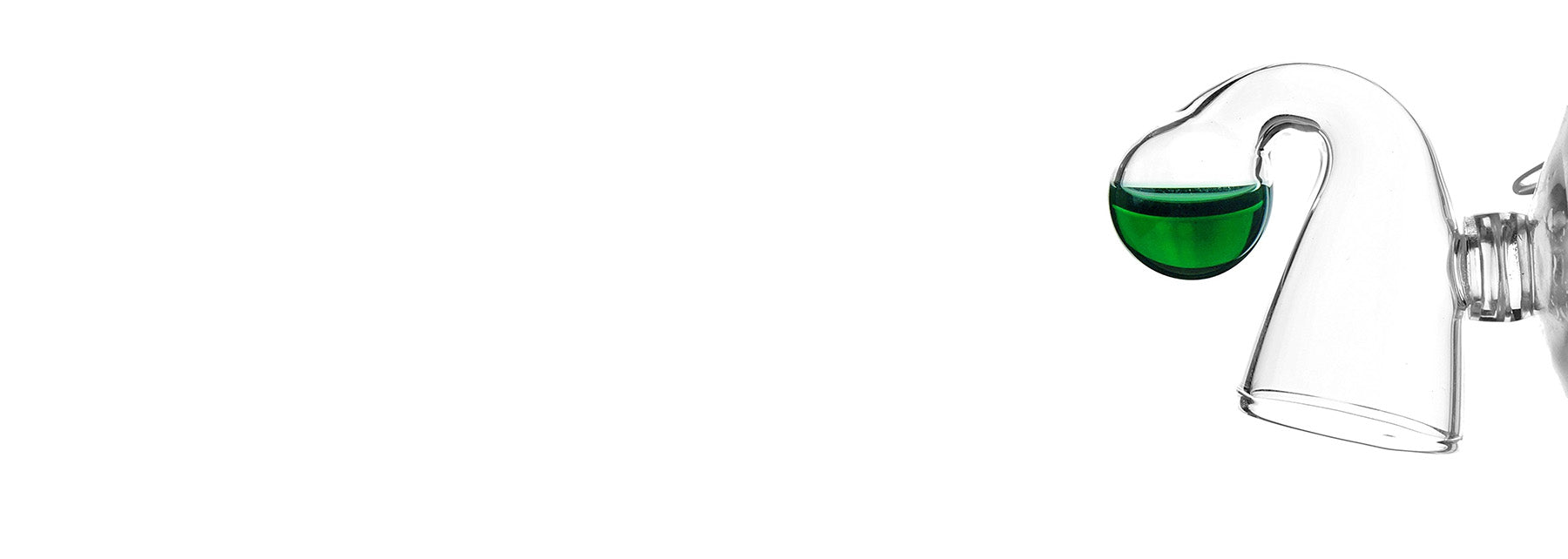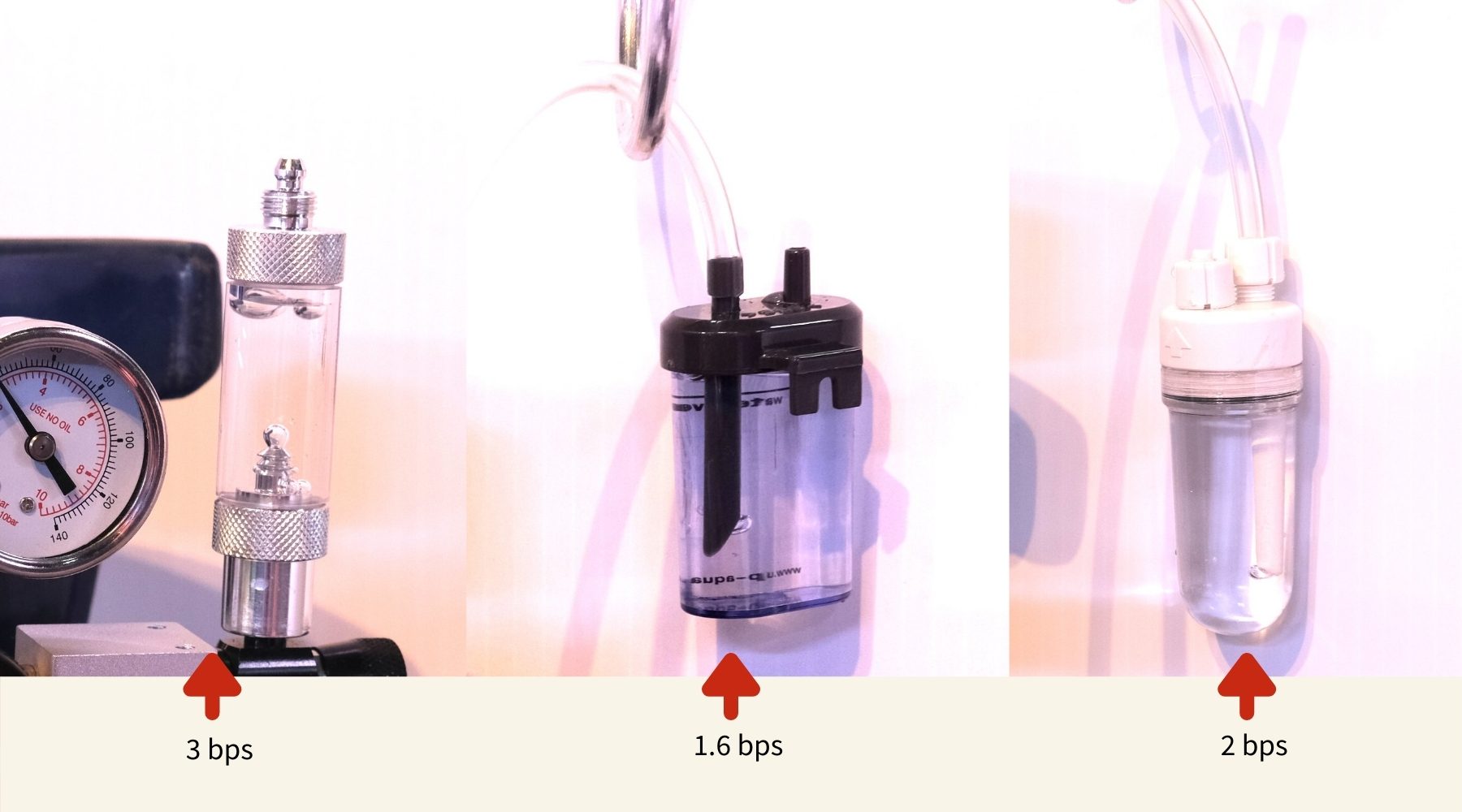
Above: Consistent and sufficient CO2 levels are central to vibrant, enduring Dutch-style 2Hr Tanks.
If you have invested in CO2 injection, a good question is: am I injecting enough? If your drop checker is always green or if the bubble count is above, say 3bps, does it mean you have enough CO2?
The answer is: maybe.
If you are keeping easy plants (and are easy-going with regards to plant coloration and form), it may be sufficient. If you trying to keep HC Cuba, exotic Eriocaulons or are looking to achieve top coloration and form, there is a good chance your CO2 may not be enough.
This is because both drop checkers and bubble counters vary considerably in design and give varying signals in different tank conditions. So what may be sufficient in one situation may be very insufficient in another environment.
So when users ask “surely my CO2 is sufficient?” And refer to their bubble count or drop checker, we often face the challenge of pointing out politely that “hmmm…it might not be the case…”
So how do I gauge that my CO2 is sufficient?
For all 2Hr Tanks, the method we use and recommend is the Relative pH drop Method.
Perform these 5 steps:
1. Start CO2 injection 2hrs before lights come on.
2. Take a test-tube, fill one-fifth with water and measure its pH.
3. Take the same test-tube above and shake vigorously for 3 minutes to de-gas dissolved CO2.
4. Measure the pH of the de-gassed water and compare it with the initial pH.
5. Target a 1pH difference between the 2 readings.
While it has the hassle of a science experiment, it is the simplest reliable method that can be consistently performed at home without expensive professional equipment. It does require a good pH test kit, and a prior KH water test to see if your tank water measures between 1-10 dKH( note 1 below)
With a 1pH drop, this puts CO2 levels in the 35ppm (parts per million) zone. For most tanks, this is the sweet spot that is both sufficient and safe for livestock (see note 2 below).
For faster growing farm tanks like the one above, we target closer to 45-50ppm of CO2.
This method leverages the known relationship between pH and KH. Importantly, it is the relative pH drop that we are interested in, not the absolute number, which will vary across different tanks.
So what does ‘green’ in my drop checker say?
It says you have some CO2. But as the reading is highly dependent on the exact placement in the tank (and flow), it doesn’t tell if you have enough, or crucially- how much. As CO2 is the #1 ‘nutrient’ and component of plant mass, it makes a world of difference whether you are providing 10ppm or 20ppm (twice that amount) of CO2. Precision matters.
What about bubble count?
Bubble count is also an unreliable method of gauging CO2 sufficiency, not only because different bubble counters have different bubble rates, but the actual CO2 level is greatly dependent on the effectiveness of diffusion and flow, not just the injection rate. You can have a high injection rate, but if you have a clogged or inefficient diffuser, you may not be adding much CO2 at all.
3 different bubble counters, 3 different bubble counts. In the above setup, we took videos of 3 randomly selected bubble counters and attached them to the same CO2 regulator over 30 seconds. We repeated the experiment by combining the bubble counters in a ‘daisy chain’. It is easy to see that the answer to “is 3bps enough” is simply “maybe”.
Is there another way?
In general, we find that 80% of aquarists with CO2 injection under-provide CO2. It is easy to look at the bubble count and feel that ‘oh that’s a lot!’…but in reality, the majority tends to inject too little, not too much 🙂
Note 2: The pH-KH relationship is not linear. If your tank water measures 0-1dkH, you need to target around a 1.5pH relative drop to be within reach of the 25ppm CO2 target.


